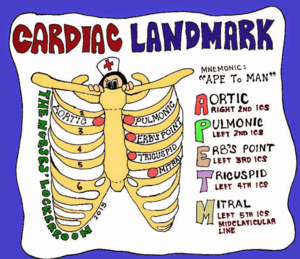14033822
Clinical reasoning cycle
Zusammenfassung der Ressource
| Frage | Antworten |
| Name the 8 components of the clinical reasoning cycle | S - Situation I - Information P - Process P - Problem identification G - Goal setting A - Action to take O - Outcome evaluation L - Learning & reflection |
| What does step 1) 'Consider the patient SITUATION' involve? | The nurse gains an initial impression of the patient - identifies salient features of the situation. |
| What can negatively influence a nurses perception of a patient situation? | Preconceptions assumptions and biases |
| What does step 2) 'Collect cues/INFORMATION' involve? | The nurse collects information avail. in handover & pt history. Also identifies other information that will be required e.g. vital signs and htt assessment and if necessary a focused assessment. If necessary - elicit patient's understanding of the situation. Finally, the nurse recalls past knowledge to make sense of the information. |
| What does step 3) 'PROCESS information' involve? | Interpretation - compare normal and abnormal Discrimination of relevant vs irrelevant info Clustering of cues together to ID relationships Infer using information gathered Predict an outcome if possible |
| What does step 4) 'Identify the PROBLEM' involve? | Synthesise the facts and inferences to make a definitive nursing dx |
| What does step 5) 'Establish GOALS' involve? | The nurse describes what they want to happen, a desired outcome with a set timeframe |
| What does step 6 'Take ACTION' involve? | The nurse selects a course of action between different alternatives available |
| What does step 7) 'Evaluate the OUTCOMES' involve? | The nurse evaluates the effectiveness of actions through outcomes. 'Has the situation improved now?' |
| What does step 8) 'Reflect on Process and new LEARNING' involve? | The nurse contemplates what has been learned from the process and what could have been done differently. |
Möchten Sie mit GoConqr kostenlos Ihre eigenen Karteikarten erstellen? Mehr erfahren.

